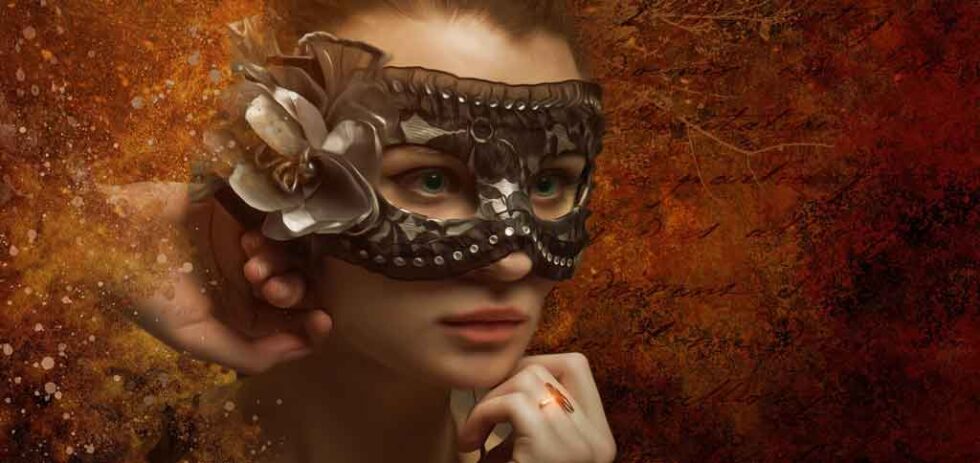
In the 2000s, male artists routinely excavated the popular culture of their boyhood for imaginative repurposing in their art. Michael Chabon’s novel The Amazing Adventures of Kavalier & Clay traces the lives of two men who become comic-book creators. In Jonathan Lethem’s The Fortress of Solitude, two boys find a magic ring they use to take on superpowers; the title itself evokes Superman’s fictional fortress. Back then, I remember feeling that the equivalent was not possible for women artists, that the popular culture of American girlhood (horses, dolls, gymnastics) was still considered silly, juvenile—impossible to recuperate as adult art worth taking seriously.
Greta Gerwig seems at last a counterexample. Her entire career as a filmmaker has, in a sense, been a campaign to make art of girlhood materials. Her 2019 film, Little Women, remakes the 19th-century girlhood classic, rendering it freshly urgent for a 21st-century audience. (“I’ve been angry every day of my life,” Marmee, the saintly mother of the novel, says in Gerwig’s version.) Her directorial debut, Lady Bird (2017), captures the angst of a 17-year-old girl’s coming-of-age in all its granular reality.
And now here is the Barbie juggernaut. Barbie dominated the box office on its opening weekend, grossing a stunning $155 million: a post-pandemic high, and the biggest opening for any feature film directed by a woman. Grown-up art about girlhood really can be an economic and cultural powerhouse. In the past week, women I barely know and women I have known for years have texted me their excitement about the film—and then shared their response, which has been in many cases the same: They loved watching the film, and yet more than one felt oddly disappointed by it.
Perhaps this is because, as the critic Dana Stevens noted in Slate, Barbie “never completely resolves the paradox at its heart”: The movie purports to be critical of Mattel while being enthusiastically sponsored by Mattel. The constraint is so obvious that Gerwig tries to turn it into a joke. The plot hinges on the conceit that all the Barbies mistakenly believe that their existence has turned the “real” world into a feminist paradise. Gerwig knows that no one wants to watch a hectoring film about how the doll is bad for girls’ self-image. So she subversively jokes about the insidious side of corporate culture while visually celebrating the Barbieness of Barbie. In this way, Barbie really is, if not a wholly successful film, certainly a powerful monument to the strangeness of American girl culture, which remains impoverished in its vision of what young girls are and want.
At once a commercial for a toy and a delicious romp through the pleasures of childhood play, Barbie sits uneasily at the intersection of reality, fantasy, and critique. It is joyous, winking, frothily cinematic. There are lavish costumes, deftly choreographed dance numbers, and aesthetically sophisticated visual puns. Barbie, played by Margot Robbie, is wryly known as “Stereotypical Barbie”; blond and perfect, she showers and drinks without ever getting wet, walks on her toes, floats down from her bedroom to the street as if held by an invisible girl’s hand. The script is peppered with genuinely incisive and funny skewers of gender stereotypes. A key moment in the plot involves the Barbies allowing the Kens to “sing at them” while playing guitars; the preposition is pure genius.
Like many women before it, Barbie tries to be many things to many people. One trailer’s tag line was “If you love Barbie, this movie is for you. If you hate Barbie, this movie is for you.” The line gets at the challenge here, adjacent to the one Stevens identified: How do you make a film for an audience that remains fiercely divided about the material you’re writing about?
This conflict, one might say, is precisely what forces Stereotypical Barbie out of her dreamy pink home on a quest to understand a series of strange phenomena: cellulite, cold showers, melancholy. We meet Barbie in Barbie Land, where women rule, literally. There is a Barbie president; there are nine Supreme Court Barbies. Kens are reduced to supporting roles. They wait for Barbies to kiss them, notice them, long for them. But when Barbie begins having relentless thoughts of death, she and one of the Kens, played to deliciously banal perfection by Ryan Gosling, enter “reality.” It isn’t the paradise she expected; men ogle her and a girl calls her a “fascist.” As reality’s reality dawns on Barbie, she articulates a set of feelings at once amusingly framed and horrifying to witness: “I feel … ill at ease,” she says. “I’m getting undertones of violence.” (Cue women squirming in the audience.) Meanwhile, Ken is radicalized by his experience: He likes the attention he gets. He sees a new world, one where men are not second-class citizens, and returns to Barbie Land to brainwash the Barbies into serving the Kens. The former Supreme Court justices are now cheerleaders.



